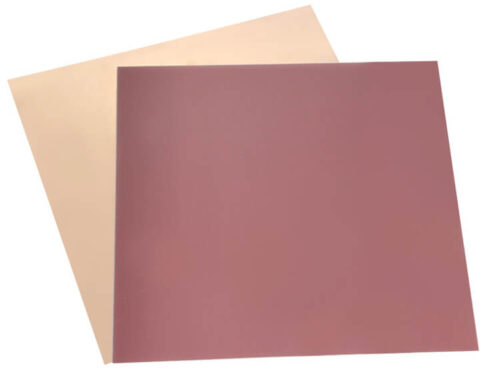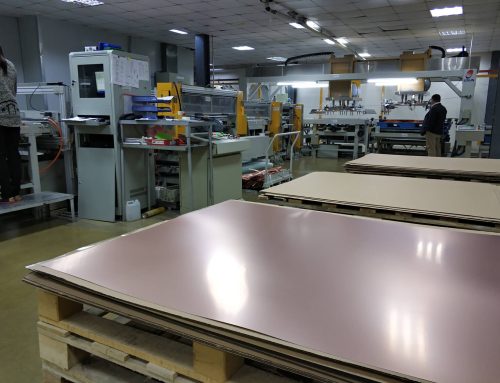Copper clad laminates (CCL) play a pivotal role in modern electronics and PCB manufacturing. This article explores the intricacies of copper clad laminates, shedding light on their composition, applications, and the innovative advancements that make them indispensable in electronic design and manufacturing. From high-frequency circuits to consumer electronics, it stand at the forefront of technological innovation.
1. Composition of Copper Clad Laminates: The Fusion of Materials
Copper Foil Layer:
It feature a central layer of copper foil, which serves as the conductive foundation for the PCB.
The thickness and quality of the copper foil significantly impact the electrical performance of the laminate.
Substrate Material:
The substrate material can vary and is often composed of materials like fiberglass-reinforced epoxy resin.
The substrate provides structural support and insulation, crucial for the laminate’s overall performance.
2. Applications in PCB Manufacturing: The Heart of Electronic Design
Printed Circuit Boards (PCBs):
It form the core of PCBs, providing the essential foundation for electronic components.
The choice of copper clad laminates influences the PCB’s electrical performance, signal integrity, and overall reliability.
Multilayer PCBs:
In the manufacturing of multilayer PCBs, multiple layers of it are stacked to create intricate circuits.
The ability to produce reliable multilayer PCBs is a testament to the versatility of copper clad laminates.
3. High-Frequency Applications: Precision in Signal Transmission
Signal Integrity:
It excel in high-frequency applications, maintaining signal integrity even at elevated frequencies.
This property is crucial for communication devices, radar systems, and other applications requiring precise signal transmission.
Antenna Manufacturing:
The high-frequency capabilities of it make them ideal for manufacturing antennas.
The material’s performance contributes to the efficiency of antennas in various electronic devices.
4. Consumer Electronics: Innovations in Design
Mobile Devices:
Copper clad laminates are extensively used in the manufacturing of mobile devices such as smartphones and tablets.
Their lightweight yet durable nature is conducive to the design requirements of modern consumer electronics.
Wearable Technology:
In the realm of wearable technology, it support the miniaturization of electronic components.
The material enables the creation of compact and lightweight wearable devices.
5. Innovations in Thermal Management: Enhancing Reliability
Heat Dissipation:
It contribute to effective heat dissipation in electronic devices.
The material’s thermal conductivity aids in managing temperature fluctuations, enhancing the overall reliability of electronic components.
LED Applications:
In the manufacturing of LED circuit boards, copper clad laminates play a vital role in thermal management.
The material ensures the efficient operation and longevity of LED lighting systems.
Conclusion: Copper Clad Laminates – Paving the Way for Technological Advancements
As copper clad laminates are unveiled, their significance in electronic design and manufacturing becomes evident. From serving as the backbone of PCBs to enabling innovations in high-frequency applications and thermal management, copper clad laminates continue to shape the landscape of modern electronics. As technology evolves, the versatility and reliability of copper clad laminates position them as a cornerstone in the pursuit of advancements, ensuring the seamless integration of electronics into various facets of our daily lives.
More:


